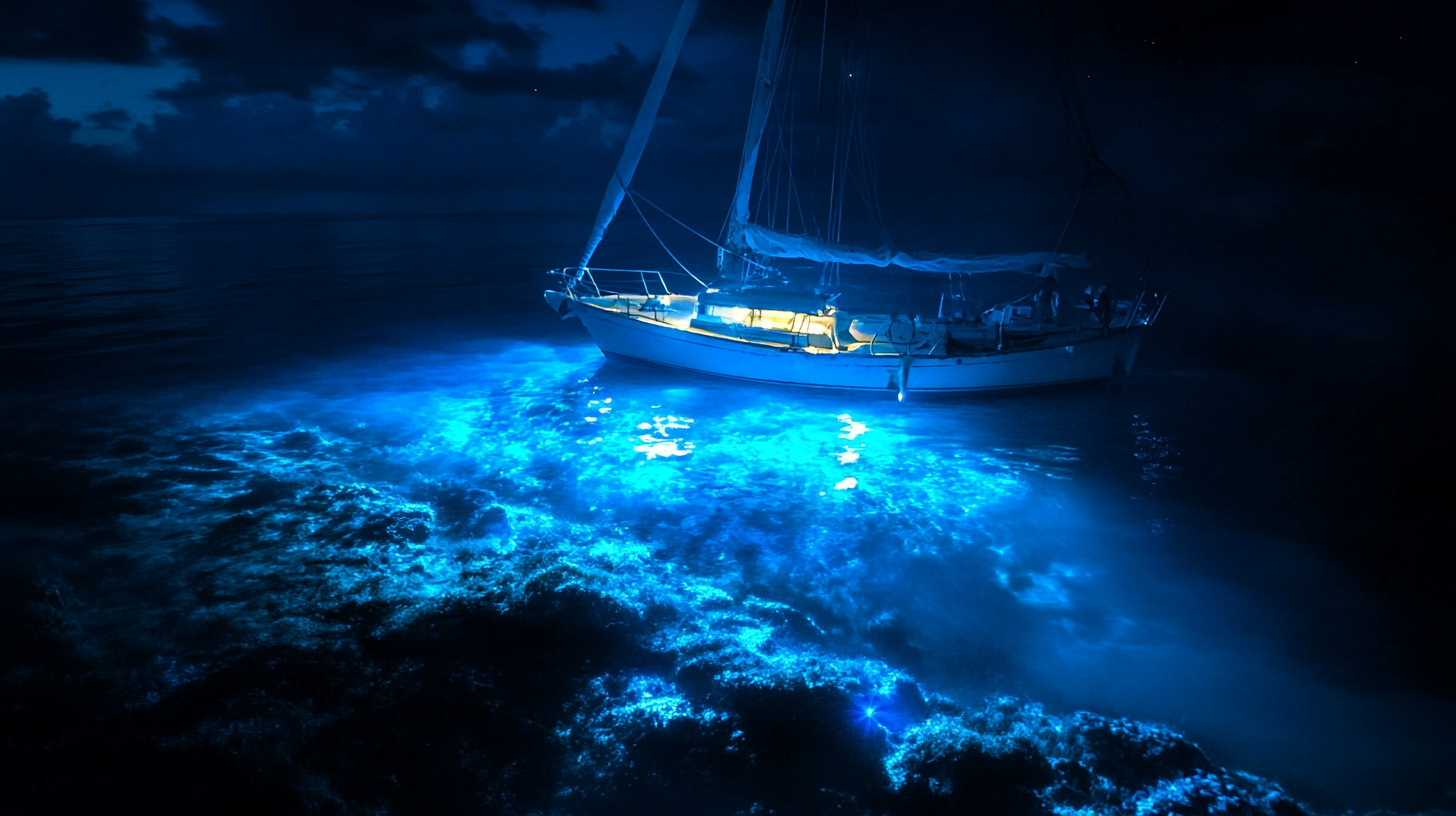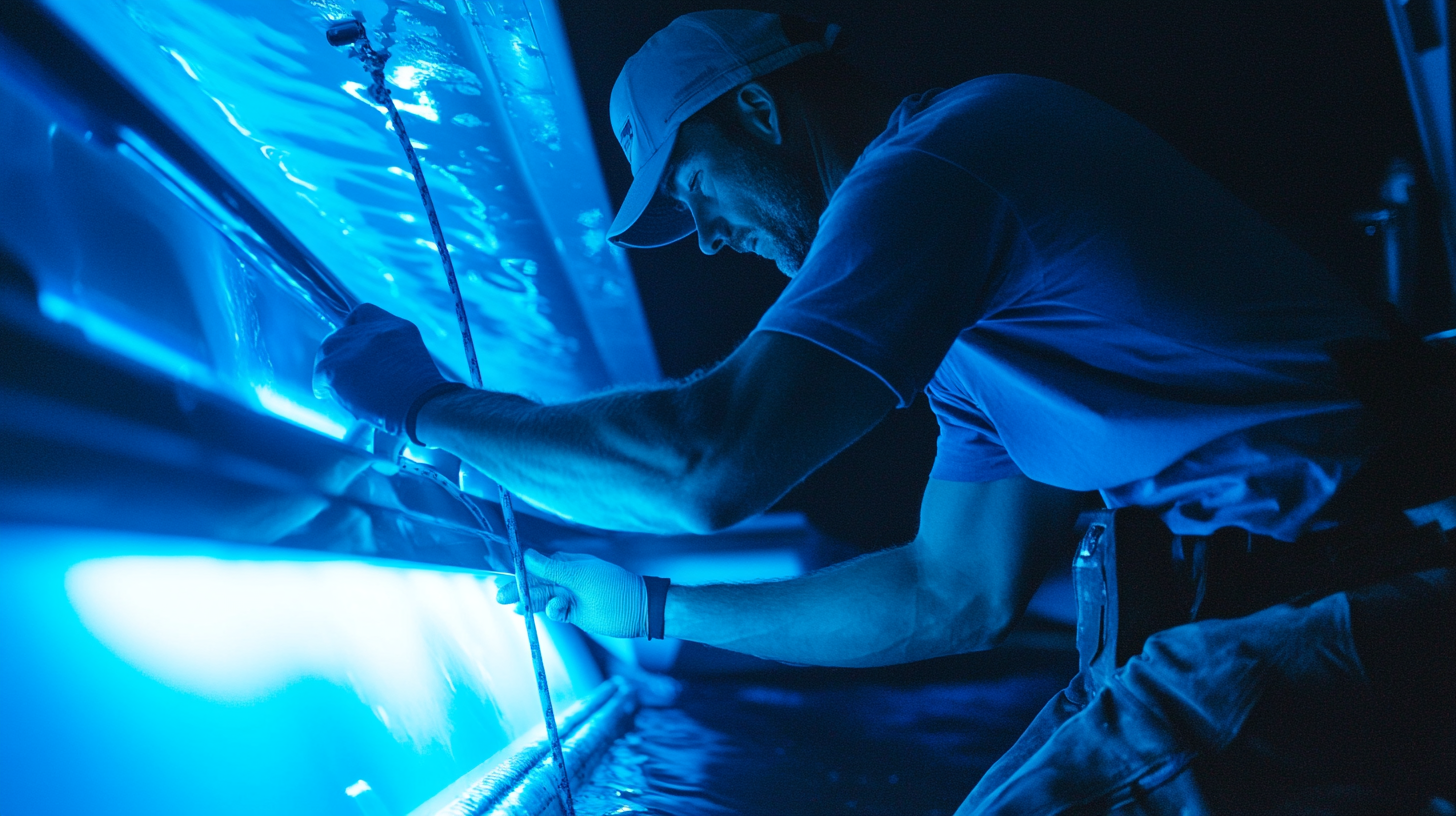The science behind underwater pool lighting
Underwater pool lighting can transform any pool area into a mesmerizing night-time oasis, but there’s quite a bit more going on than just illuminating water with some bulbs. At the heart of this captivating effect lies some fascinating science. The basic principle of how these lights work involves strategically positioning sealed fixtures along the walls or floor of the pool. These fixtures house specialized light sources that are capable of safely operating underwater.
The secret behind this marvel is in the robust, waterproof housing that encases the electrical components. Designed meticulously to withstand pressure and prevent water ingress, these casings are made from materials like stainless steel, plastic, or bronze, ensuring durability and safety. The lights are then connected to a low-voltage electrical system through a series of waterproof cables and fittings. This low-voltage system is crucial, as it significantly reduces the risk of electrical hazards.
Inside these enclosures, different types of light bulbs may be used, such as halogen or LED. Halogen bulbs have traditionally been used due to their bright light output and warm color, but LEDs are revolutionizing the industry thanks to their energy efficiency and vibrant color capabilities. LEDs have a longer lifespan and can produce a wider spectrum of colors, giving pool owners the ability to create dynamic and visually stunning light shows with just a few clicks on a remote or smartphone app.
The bent light pathways create by the water’s surface add to the mesmerizing effect these lights produce. Because light refracts when it enters water, it spreads in unique patterns, resulting in an enchanting display that dancers across the pool’s surface. Understanding and harnessing the impact of refraction allows designers to develop lighting solutions that optimize both functional illumination and magical ambiance. In essence, underwater pool lighting encapsulates the perfect marriage of technology and artistry, providing a safe and enchanting environment for all those who dip a toe in the water.
types of lighting technologies
When exploring the types of lighting technologies for submerged illumination, the past, present, and future of science come together in a delightful mix of innovation and elegance. Traditionally, the go-to choice for underwater pool lighting was halogen bulbs, celebrated for their intense brightness and relatively warm light output. These bulbs function by passing an electrical current through a tungsten filament encased in a small quartz container filled with halogen gas. As the filament heats, it emits a radiant glow. Although quite effective, halogen bulbs are energy-intensive, converting much of the energy into heat rather than light, which is less than ideal for long-term sustainability and energy efficiency.
In recent years, LED (Light Emitting Diode) technology has been making waves as the new champion of underwater pool lighting. LED lights have fundamentally transformed the industry with their ability to produce vibrant and diverse color displays while consuming significantly less energy than their halogen predecessors. Their structure allows them to emit light through the movement of electrons within a semiconductor, resulting in less energy wasted as heat. Besides the remarkable energy savings they offer—which helps the environmentally conscious breathe a little easier—LEDs boast an extended lifespan, often lasting years longer than traditional bulbs, reducing the need for frequent replacements.
LEDs also open the door to creative expression by offering a broader range of color options. Many systems allow pool owners to customize their lighting with smartphone apps or remote controls, creating instant ambiance with the swipe of a finger—from a serene blue to vibrant party hues. Whether for a tranquil evening swim or a lively poolside celebration, LEDs cater to all moods with dazzling versatility.
Fiber optic lighting, another fascinating contender often seen in pools, works on the principle of transmitting light from an external source through tiny glass or plastic fibers, ending in a gentle glow around pool perimeters. Although not as common due to cost and complexity, fiber optics offer an elevated aesthetic appeal with minimal heat transfer, keeping pool water unaffected. This cool-to-the-touch technology is a wonder to behold in modern, upscale pool designs.
In this ever-evolving field of pool lighting, the latest innovations continue to push the envelope further with smarter technology and even greater eco-friendly accomplishments. The science behind these developments is not just illuminating our pools more brilliantly but is also lighting the way for a more sustainable future.
energy efficiency and sustainability
In the quest for energy efficiency and sustainability, underwater pool lighting has undergone a remarkable transformation that aligns beautifully with modern eco-friendly initiatives. The shift from conventional lighting methods to more sustainable options reflects not only technological innovation but also a commitment to reducing environmental impact while maintaining aesthetic appeal. At the forefront of this revolution are LED lights, which have set a new standard for energy-efficient illumination.
LED technology shines brightly in this regard, offering exceptional energy savings by consuming a fraction of the electricity used by traditional halogen lights. This leap in efficiency is not merely a technical upgrade but a stride towards reducing the carbon footprint associated with pool lighting systems. The science behind LEDs involves converting electricity into light with minimal heat loss, a process that ensures more energy is dedicated to actual illumination rather than wasted as heat.
The longevity of LED bulbs further contributes to their sustainability. By lasting significantly longer than traditional bulbs, LEDs reduce the frequency of replacements and thus decrease waste. This durability not only appeals to environmentally-conscious consumers but also offers a financial boon through lower maintenance costs over time.
Beyond energy-saving benefits, sustainable pool lighting options champion water conservation efforts. Renewable energy sources, such as solar-powered lights, are making their way into pool lighting designs, harnessing sunlight to power pool lamps. This innovation underscores the commitment to sustainability by utilizing clean energy, reducing dependency on non-renewable power sources, and emphasizing an eco-friendly lifestyle.
Another sustainable consideration involves the materials used in manufacturing the lighting fixtures. Opting for recyclable and non-toxic materials in underwater light casings and components minimizes environmental impact. These choices demonstrate a dedication to environmental stewardship and responsibility, making the beauty of underwater illumination not just a treat for the eyes but a conscious decision for the planet.
As pool lighting technology advances, it continues to weave sustainability into its very core, proving that beauty and responsibility can harmoniously coexist. This thoughtful integration of energy efficiency and sustainability ensures that future generations can enjoy the magical allure of illuminated pools while being mindful stewards of our environment.
installation and safety considerations
When installing underwater pool lighting, several key factors play a critical role in ensuring both functionality and safety. A thorough plan must be developed before beginning any installation project to guarantee that the lighting not only meets aesthetic desires but also adheres to specific safety standards and local building codes.
First and foremost, determining the optimal placement of lights is essential. The positioning should provide balanced illumination across the pool, minimizing shadows and ensuring an even distribution of light. Common placements include embedding the fixtures into the pool walls, near steps, and along the pool floor, which helps illuminate the pool’s features while enhancing safety for nighttime swimming. It’s vital to avoid placing lights directly against the water surface to prevent glare and discomfort to swimmers.
The selection of appropriate lights also involves considering the scientific principles behind underwater environments. As water refracts and disperses light differently than air, selecting lighting fixtures designed for submersion ensures optimal performance. It’s important to choose lights with a beam angle that covers the intended area effectively, maintaining both brightness and ambiance.
Safety considerations are paramount. All electrical components must be appropriately rated for underwater use and designed to withstand prolonged exposure to moisture without compromising safety. This typically involves using low-voltage systems, such as 12V or 24V, which significantly reduce the risk of electrical shock. Ensuring that all components possess proper waterproof ratings, such as IP68, safeguards against potential leaks and water intrusion.
Additionally, installing a Ground Fault Circuit Interrupter (GFCI) is a non-negotiable safety feature that protects against electrical malfunctions. The GFCI monitors the current flowing through the circuit and cuts off power immediately if it detects an imbalance, effectively preventing shocks. It’s important to periodically test the functionality of these interrupters to maintain their effectiveness.
Running conduits must conform to local code requirements, and weatherproof junction boxes should be installed above ground to simplify maintenance and provide easy access for inspections. Moreover, ensuring that the fixtures and wiring pathways do not interfere with pool cleaning equipment or the overall design of the pool is crucial. Planning for future maintenance by leaving accessible points for inspection and replacement avoids undue hassle later.
A professional electrician with experience in pool wiring is strongly recommended to carry out the installation process. Their expertise ensures that the job is executed correctly, with compliance to all safety standards and local regulations, incorporating a keen understanding of the science behind pool lighting technologies. Understanding these detailed considerations and implementing best practices can help bring any pool project to life with stunning underwater illumination while ensuring the utmost safety for all who enjoy the pool environment.
maintenance and troubleshooting tips
Ensuring the longevity and performance of underwater pool lighting requires a keen understanding of both the science behind the technology and practical maintenance routines. Regularly inspecting the lights helps maintain their mesmerizing glow and can prevent minor issues from escalating into costly repairs. One of the first steps in maintenance is a thorough visual inspection. This involves checking for any visible water intrusion in the light fixtures or corrosion on metal parts. Since even the smallest breach in a light’s waterproof housing can lead to electrical failures, addressing any signs of moisture immediately is crucial.
Cleaning the lights periodically is another important maintenance task, especially in pools prone to algae formation or those located in areas with hard water. Calcium deposits and algae can obscure the lenses, diminishing the brightness and reducing the ambiance created by the pool lighting. Gentle cleaning with a soft cloth and a mild detergent is typically sufficient, but be sure to check the manufacturer’s instructions for specific cleaning recommendations.
Replacing bulbs is another aspect of maintenance that sometimes requires attention, depending on the type of lighting technology used. Halogen bulbs, for example, generally need replacement more frequently than LEDs due to their shorter lifespan. If you’re still using halogen, consider upgrading to LED lights for not only an extended lifespan but also increased energy efficiency and vivid color options.
Troubleshooting common issues often starts with checking the electrical components. If lights fail to turn on, a simple issue might be the circuit breaker or a blown fuse. Sometimes, a GFCI could have been tripped, requiring a quick reset to restore functionality. If these aren’t the culprits, examining connections might reveal loose wires or a defective junction box. Addressing these electrical issues promptly can help prevent further damage.
Another consideration is monitoring the pool’s pH levels, which can affect the life span of the lighting components. Extremes in pH can lead to corrosion on metal lights or etching on glass lenses, so maintaining a balanced pH is not only good for swimmers but also beneficial for the lighting system.
Involving a professional for annual maintenance checks is a wise investment. Besides offering their expertise, professionals often have the tools necessary to conduct more in-depth inspections, such as pressure tests to ensure the waterproof housing remains sealed. A professional evaluation might also uncover potential improvements or upgrades that could enhance performance or energy use.
Maintaining underwater pool lighting is not just about preserving the aesthetics of your pool area; it’s also about ensuring safety and maximizing the light system’s efficiency and lifespan. By keeping up with these maintenance tasks and being proactive with issues, you can enjoy the dazzling ambiance of your well-lit pool each night, ensuring it continues to enchant and illuminate beautifully.


